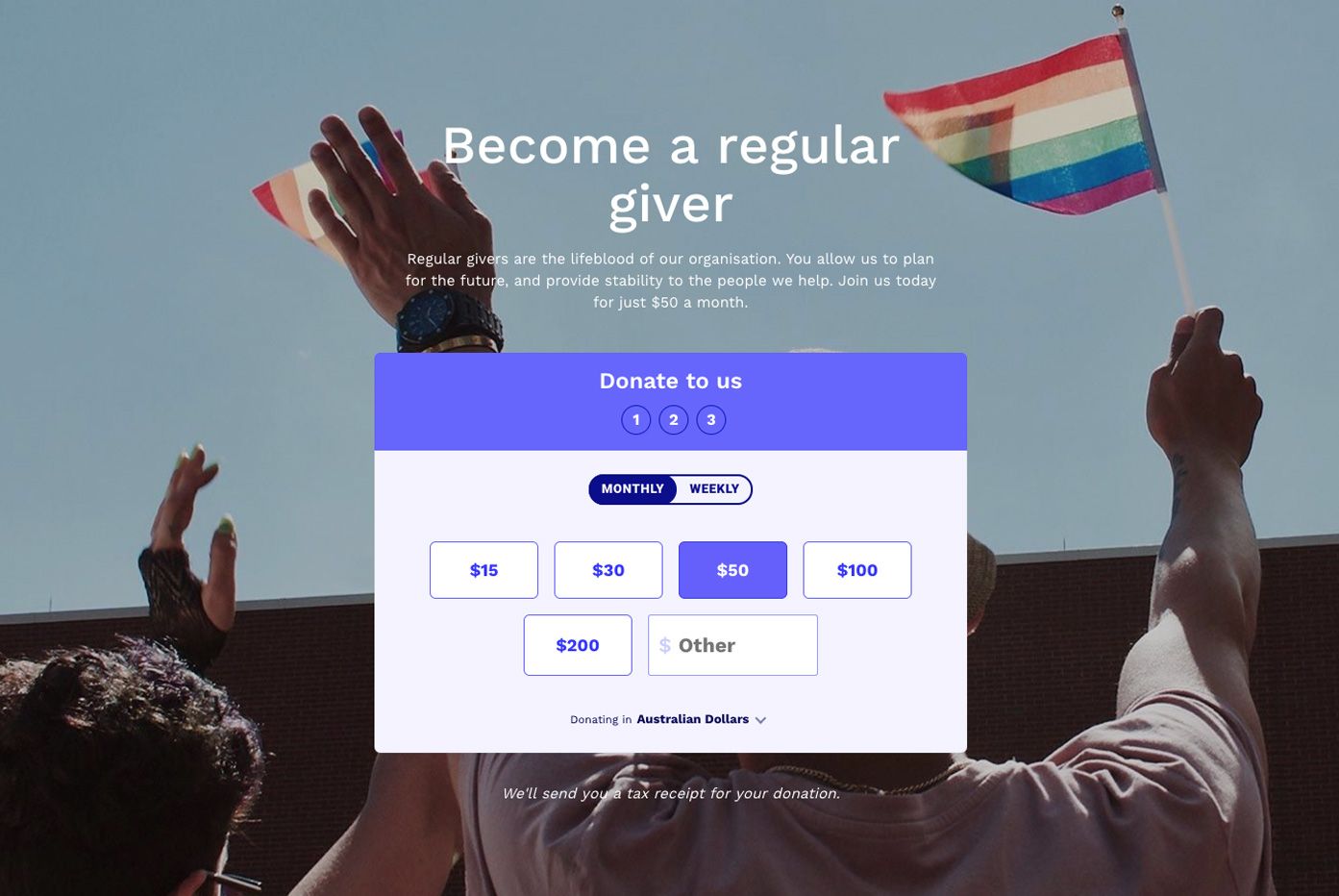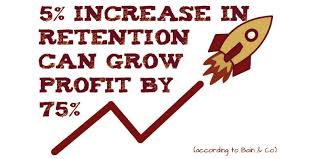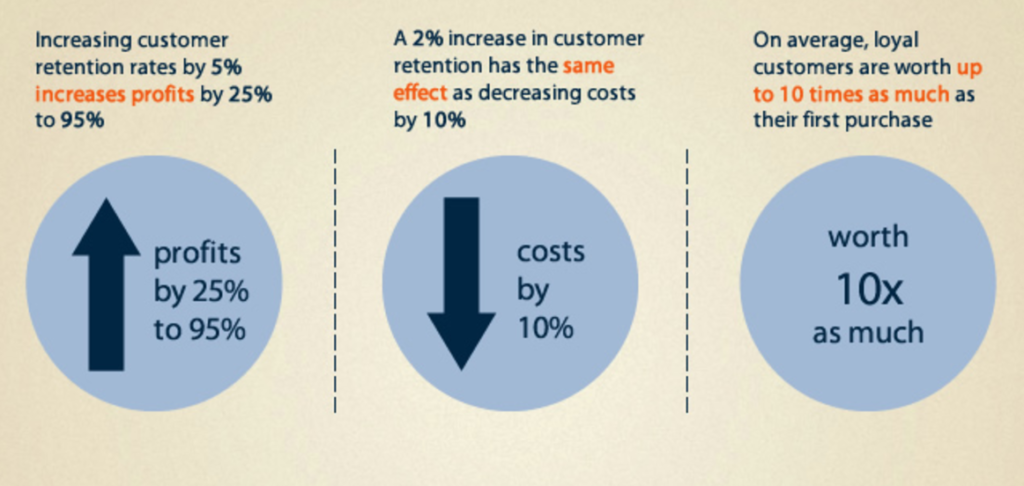 I want to talk about the similarities (and differences) between the experiences and expectations of people that sign up to a subscription and people that make a monthly donation to a charity.
I want to talk about the similarities (and differences) between the experiences and expectations of people that sign up to a subscription and people that make a monthly donation to a charity.
- both selected your organisation or product because they believed it matched with their interests and/ or needs the best
- both sign up because they want to (voluntarily)
- both pay a monthly amount that is debited from their account
- most sign up without a lock in contract
- both expect a product or outcome in exchange for their money
- both expect to be communicated with about the product, service and work that they have signed up to
- both expect to be able to cancel when they want to.
Because I want to explore whether or not both charities and donors would benefit greatly if fundraising managers were to treat Regular Giving (RG) programs more like a subscription business?
I’ve really thought about this, now I need a test PILOT (see bottom of article for details).
Subscription Businesses vs Charity RG Programs
 From my observations, research and learnings – successful subscription businesses focus on:
From my observations, research and learnings – successful subscription businesses focus on:
- Lifetime value: Retention and reducing churn
- CX: excellent customer and user experiences (frictionless conversion, personalised products and content, easy payments, pause (not cancel) and reactivate)
- Value: providing maximum value to their subscribers
- Digital.
Whereas my much deeper knowledge of and experience with many charity RG programs is a focus on:
- Acquisition: cost of signing up a new monthly donor and point of break even
- One size fits all communications (3 newsletters per year + end of financial year cash ask) – often a strategy of minimal contact with donor
- Upgrade and cross-sell (but without showing value or impact)
- Analogue channels.
It really feels to me that we’re doing it wrong. That we’re not doing the best we can by our donors, who support us in spite of our failings. That we aren’t donor-centric enough. That we don’t invest enough in their supporter experience. That we have and can offer immense value, but aren’t. That we could be operating much more efficiently, but aren’t. In general, I wonder if charities started to run their RG program like a subscription business and treated their monthly donors like subscribers – would it be a massive Win Win for both the donor and the organisation?
Let me take you through my musing.
The best type of donor, is a subscriber
Relationships are changing. People’s expectation of value for money is shifting. Brand loyalty still exists, but it’s different than it used to be – people are only loyal if they still see more value in what they get from their preferred brand, than what another brand can offer. And of course the product and/ or the service they’re purchasing still matters – but not as much as personalisation and convenience and value do. Many of the charities we work with raise revenues in excess of $40 million a year. These are big, sophisticated organisations with large donor bases. But are we as a sector sophisticated enough? Are we evolving with the world around us?
In the non-profit world of fundraising we are all acutely aware that our most loyal, most valuable donors are disappearing. The Direct Mail channel that has been so reliable for the last 50 years, is waning. It still brings in significant income, but orgs have to spend more, send more to make that revenue. As our population ages, and the world becomes more digital in many ways, it is inevitable that DM will see a very steep decline in the next 10 years.
Face to Face (F2F) is the other reliable (monthly) donor base – in that their behaviour is predictable, after 20 years of experience. But this group are much less loyal than our older DM donors. Most organisations that acquire via F2F lose somewhere between 40-60% of new monthly donors in the first year, after paying between $400-$600 to acquire them. It almost seems crazy – but we know in the long term (3-5 years) it is profitable. But we should be able to break even and become profitable faster – if we ran our regular giving programs more like a subscription model?
But Gen Z (born after 1995) make up 40% of the subscription market. The other 60% is a mixed bag of Millenials, Gen Y, Gen X and some boomers. Based on current wisdom in the charity sector – the best donors are 65+ year olds. These are predominately one-off donors (they make a single donation – but sometimes several a year). When I say “best”, I mean most reliable in their giving, and give more often. This group also have more expendable income.
However, the average monthly donor is 40+ years old. For most organisations with a large donor base (20k+ monthly donors), their RGs were acquired via F2F, with some digital lead with telephone conversion adding the creme on top.
It is widely accepted, and still proven with data (Pareto benchmarking, Charitable Giving Index, Blackbaud Giving Report etc), that younger people (under 40) generally aren’t great donors. There is much fanfare about millennials being the “most philanthropic” or “most generous generation” but this is often supported by survey’s based on what millennials said they intended to do that year or said they did, not by any data charities have supplied. So we absolutely 100% know that older people are better donors and monthly givers. But is this a self-perpetuating prophecy because of the way we run our RG programs?
If organisations were to deliver more value to their donors, like a subscription business does to its subscribers, would we attract and retain younger donors? Would we be able to prove that millennials will and do give more (as a percentage of their income)?
Let’s run a Pilot Test
In the last 5 years Parachute Digital has grown because organisations want to “diversify” their fundraising (acquisition) channels and “find new (younger) donors”. But they’re not really investing in true diversification. In a charity, digital is still allocated less than 10% of the acquisition budget (and orgs with a dedicated donor retention budget are far too rare) and we’re still targeting 50+ women (more often than not) because they have the best conversion rates and higher monthly gifts. Whereas most companies are spending 45-55% of their marketing budget on digital, subscription businesses are higher. Some as high as 80%. Others investing more in partnerships (such as Kayo and Apple App Store) where they pay a high 30% commission for new subscribers. But one thing that is crystal clear, is that subscription businesses focus most of their acquisition budget on digital. And most of their retention budget goes into showing value and improving the customer/ user experience b through testing and continuous improvement.
Only a few organisations are running a direct online RG conversion program (ACF, ASRC, MSF, ActionAid). A few others have tried but don’t stick with it, because initially the volumes are lower. Because it takes effort and time to get it right. Because they don’t have the digital in-house skills and haven’t got the budget to outsource it. Because …. Many fundraising directors aren’t yet ready, believers, experienced or prepared to make the investment/ take the risk/ make the change/ educate themselves/ look to the future instead of rely on the past.
So, the charity sector keep doing what has been working (kind of) instead of trying new things (I do want to recognise the Red Cross for their test of doing a 3 month commitment for younger donors to sponsor a field worker back in 2017, then at the end of 3 months upgrade them to a full RG – that was on the right track). I also acknowledge that many fundraising directors are faced with boards, full of directors with largely commercial experience who are always urging them to “go digital” and “do more social” and say things like “we need an app”. That they get encouragement and nudges from the board to do digital, but without the sector context that is needed.
But that’s where I come in.
I have the fundraising experience. I have the digital experience, across both corporate and charity (non-profits exclusively for 11 years now). I have the relationships. I have the foresight and perseverance to drive it forward. All I need is a couple of willing charities, prepared to give it a red hot go (for a couple of years, at least).
What should the PILOT test?
I’ve been mulling over and chatting with other smart fundraisers about what things charity RG programs could adopt from the subscription economy that would add the most value – to our donors and to our organisations. The things that I think would make the biggest impact on income and profitability are retention and getting more RGs to agree to direct debit (read more about direct debit payment and retention rates here).

But seriously, to kick off, I’d want a pilot to include these 3 things:
- Shift focus to retention and reducing churn.
- A serious thank you comms strategy
- Regular Front line/ Project impact reports throughout the year, across multiple channels
- Allow donors to cancel/ PAUSE/ up or downgrade their monthly gift online
- Prioritise direct debit and BPay payments over credit card (direct debit has only 2.5% payment failure rate and no expiry date, reducing at least another 20% of churn)
- A digital reactivation strategy for lapsed/ paused donors (to compliment Telefundraising reactivation calls)
- Invest time and money to acquire more RG donors online (not via telephone, all online [because they retain at 90-100% after 1 year]).
- Dedicated effort to drive donors and supporters and web visitors to donate monthly, not just as one off
- Message testing and figuring out how best to demonstrate/ communicate your org’s value and impact (using FB and Paid Search ads to test messages and A/B testing on website)
- Serious conversion rate optimisation (CRO) test plan and investment in the digital user experience (requires production budget and resource in house or you can outsource it)
- Structured target audience testing – the acquisition, retention and lifetime value of Gen Z, Millennials, Gen X and older donors.
- Stick with the 80/20 rule and focus most of your efforts on 40+ donors – but spend 20% of your budget and time actively recruiting and retaining younger donors
- Distinct audience segmentation and careful tracking of how different audience respond to content themes (apply message testing from above), distribution channels, types of content and use the data to personalise content
- Do some brand advertising and see what type of donors it brings in (one off or monthly, older or younger, rich or poor, men or women?)
I reckon you’d need to work at this for 2-3 years to actually have enough time, money and data to answer these hypothesis.
2-3 years to have enough volume of new RGs from online acquisition, enough younger people with tenure to compare to older donors and enough time to implement the RG comms and then monitor retention for a couple of years.
The questions this pilot should answer would be:
- If retention/ churn is improved, your RG program ROI will become positive sooner (20-30 months)
- Digital can/ does deliver a significant percentage (25+%) of your organisation’s new monthly donors
- Younger donors (25-40 year olds) are a profitable audience worth investing in (when you can demonstrate impact and value).
Non-profit organisations will improve their donor acquisition, retention, income and return on investment if they adopt some of the strategies that have proven successful for the subscription economy. Our sector has incredible stories to tell. Our missions and causes are compelling, personally important to donors and critical for the future of our world.
I’m pretty sure that the answer to all of the above hypothesis is YES. But it’ll take a few years to prove it. And we need several orgs to invest in this strategy to prove that it isn’t just fluke (if it works for one).
